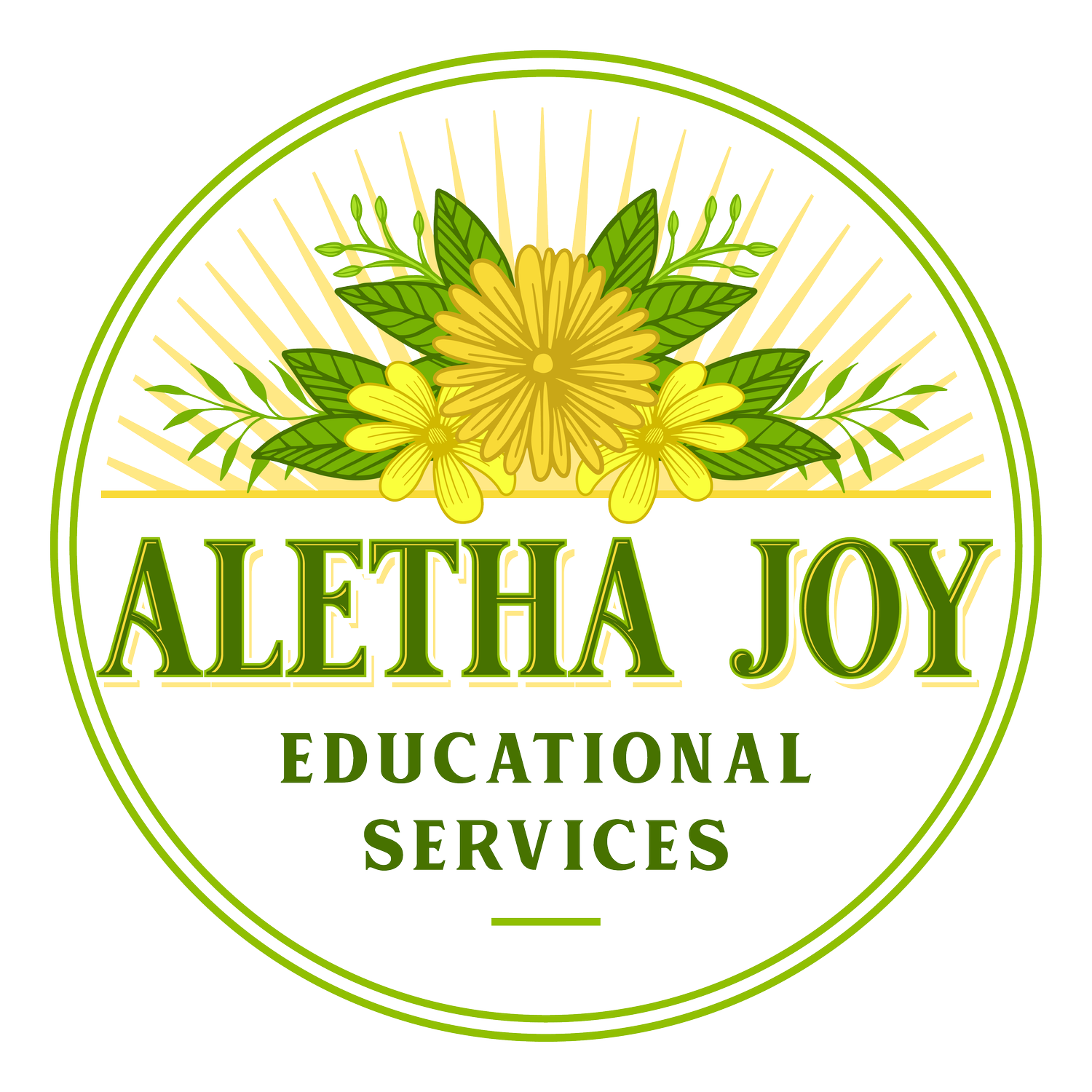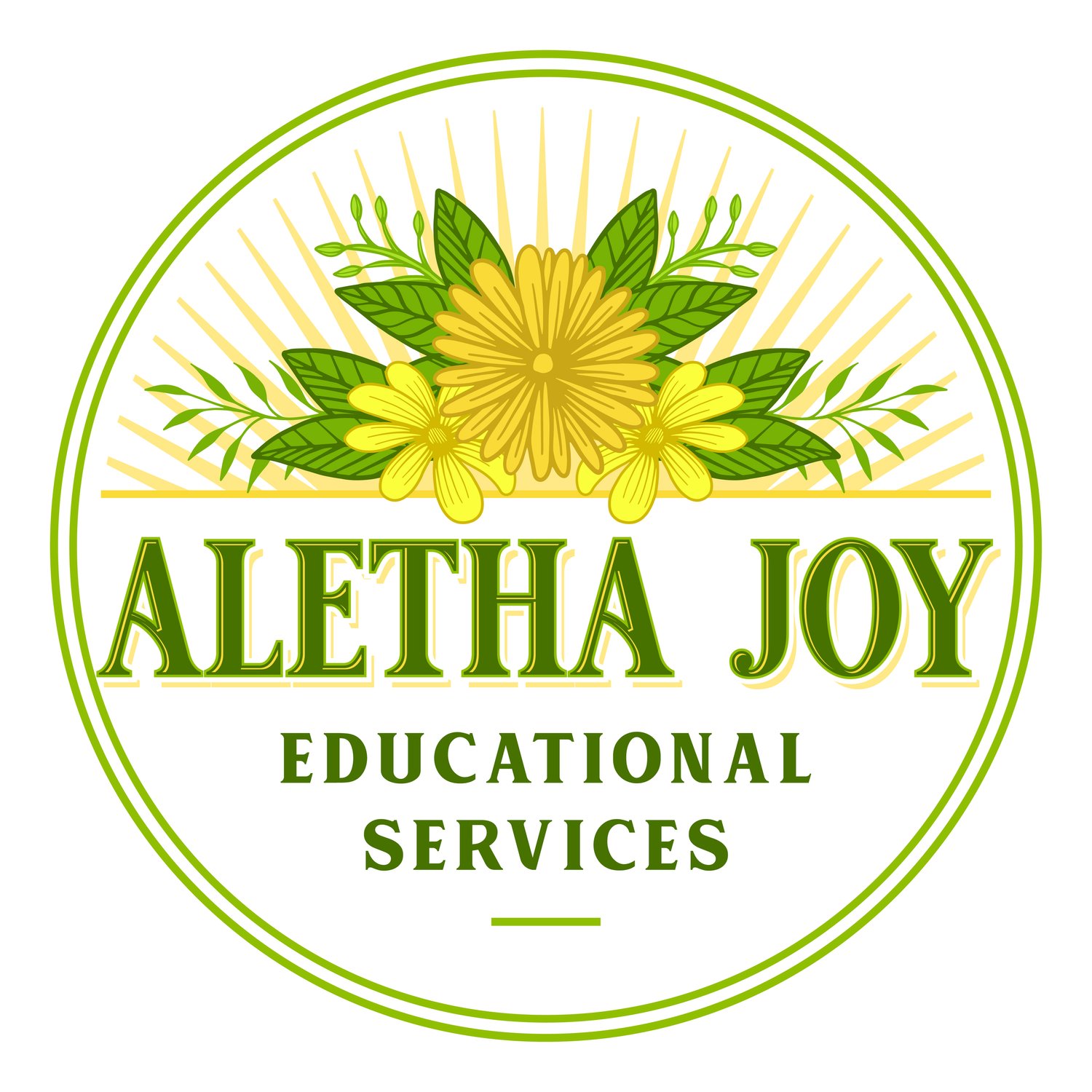How Can I Help My Child Read Better?
Part One: Planning for My First Workshop of the New School Year
It’s the start of a new school year, time to plan for parent workshops that address the question: How do I help my child read better?
I absolutely love talking to parents about reading and reading strategies. Parents are so receptive to reading support. I have learned so much during the last two years of my dyslexia therapist journey. I am eager to share my experiences and newfound knowledge with parents.
How Can Parents Help Their Struggling Readers?
Teachers often recommend that parents have their children read for 20 minutes each day, but most parents I have talked to want actionable steps for helping their children with reading. As a dyslexia specialist I address foundational reading skills on a daily basis. My therapeutic curriculum is copyrighted so I had to think about general resources I could share with parents. The need for copyright-free resources for parents influenced what products I needed to create in my Teachers Pay Teachers store. Teaching parents strategies that help with common homework concerns such as weekly spelling list and high-frequency words was also top of mind. With a pen in hand, I scribbled out a list:
Oral language
Phonological awareness
Phonemic awareness
Spelling
I quickly realized an hour is not enough time to cover all the components on my list. I also realized that this first workshop would be a general overview of foundational reading skills. Subsequent workshops would need to be scheduled in order to do a “deep dive” into each critical area.
The Science of Reading is not just for Teachers
As a dyslexia specialist, I want everything I present to be rooted in the Science of Reading and that includes parent workshops. I decided to begin with Gough and Tumner’s (1986,1990) Simple View of Reading.
Gough & Tunmer’s Simple View of Reading
I love starting with the Simple View of Reading because it gives my audience the “big picture of reading.” While my K-2 workshop will primarily focus on word recognition skills, it is important to include a few aspects of language comprehension as well.
The Simple View of Reading naturally leads to a brief discussion of Scarborough’s Reading Rope (2001). I created two slides to present a deconstructed reading rope for the workshop. I decided to spend most of my time focusing on phonological awareness and decoding. Since oral language is the foundation of reading I will address background knowledge and vocabulary first.
Components of Scarborough’s Reading Rope (2001)
Start with Oral Language to Help your Child with Reading
Oral language is the easiest area for parents to address at home. It involves little to no preparation. One of my favorite places to develop oral language is at the grocery store. I tell parents to start with the produce section: artichokes, egg plants, radishes, blackberries, raspberries, plums, zucchini, and pears. Many of my students struggle to name fruits and vegetables outside of common foods such as apples, oranges, carrots, and corn. The produce section of your local grocery store is brimming with rich vocabulary opportunities! I once worked with a student whose mother was vegan so that student could name any fruit or vegetable! The bakery section and meat department are also filled with rich vocabulary opportunities.
Select Nonfiction Books and Engage in Wide-Reading to Support your Child’s Reading at Home
I always recommend reading nonfiction books to support your child’s reading at home. Nonfiction books are an excellent way to build your child’s background knowledge about animals, scientific concepts, historical figures, and events. Your local public library is filled with free books on a variety of topics. Check out several books on ocean animals, the solar system, or the water cycle. We all need to hear things more than once. Reading aloud to your child will improve their listening skills and listening comprehension. Listening comprehension supports reading comprehension. Hearing lots of words also supports your child’s ability to decode words. It is a lot easier to read a word you have already heard. Vocabulary knowledge plays an important role in the upper grades and directly affects reading comprehension.
Phonological Awareness, Phonemic Awareness, and Spelling
I decided to use manipulatives to teach parents about the foundational skills of phonological awareness, phonemic awareness, and spelling. A large part of planning for the workshop included creating a bag of resources for parents to use at home with their children. With a pen in hand, I quickly write a second list:
Write and wipe pockets
Dry erase markers
Magnetic wands
Magnetic chips
Plastic chips
Alphabet flashcards
Heart word flashcards
Chart for graphing spelling words
Part Two: K-2 Reading Strategies Workshop for Parents
As soon as the school day ended, I rushed to the library to set up for the workshop. I frantically cleaned the tables and arranged chairs for the event. I set up the drinks and plates along a table at the back of the library. I organized the handouts into three-ring binders and placed them next to the sign in sheet. I quickly reviewed my Canva presentation and made a few last-minute changes. A few minutes later my administrators arrived with hot pizza and fresh salad as parents began to file into the school library.
I welcomed parents and students as they entered. After signing in and collecting their materials the parents and students dined on pizza and salad.
After weeks of planning, I stood at the front of the library and introduced myself; the workshop was finally underway.
I walked the parents through the progression of phonological awareness. We discussed simple versus complex tasks and practiced each task.
Hands-on Activities that Support Spelling and Orthographic Mapping
My Favorite Resources for Helping Your Child at Home
Magnetic wands and magnetic chips are always a crowd pleaser at parent workshops. I lead the parents in segmenting and graphing a carefully selected list of words. They enjoyed blending the phonemes or sounds in each word using the magnetic wand and chips. The parents were shocked when I graphed the word “shark” as sh-ar-k! The digraph “sh” really threw them for a loop. “Oh, this is fun!” commented a mother as she used the magnetic wand to pick up the magnetic chips.
Teach sound-symbol correspondence to improve spelling.
I am not proposing that parents complete a reading course in order to help their children with homework. I am proposing that we as educators share examples of sound-symbol correspondences rather than asking parents to have their children write spelling words five times each.
Two parents had questions about their children looking away from the words and focusing on the pictures while reading. I explained that as a specialist, my goal is to always teach my students to decode the words without using pictures. As students progress in each grade, they will encounter books that do not contain pictures. The following day I printed University of Florida Institute(UFLI) decodable readers for the parents.
Overall, the workshop was a great success. The parents took lots of notes and asked a lot of questions specific to their children’s learning needs. One thing is abundantly clear, parents are desperate for effective reading strategies for helping their children at home.
Scarborough’s reading rope: A groundbreaking infographic. International Dyslexia Association. (2018, April 4). Retrieved October 4, 2022, from https://dyslexiaida.org/scarboroughs-reading-rope-a-groundbreaking-infographic/
Hoover, W. A., & Gough, P. B. (1990). The simple view of reading. Reading and Writing: An Interdisciplinary Journal, 2(2), 127–160. https://doi.org/10.1007/BF00401799.
Additional Free Resource for Parents








